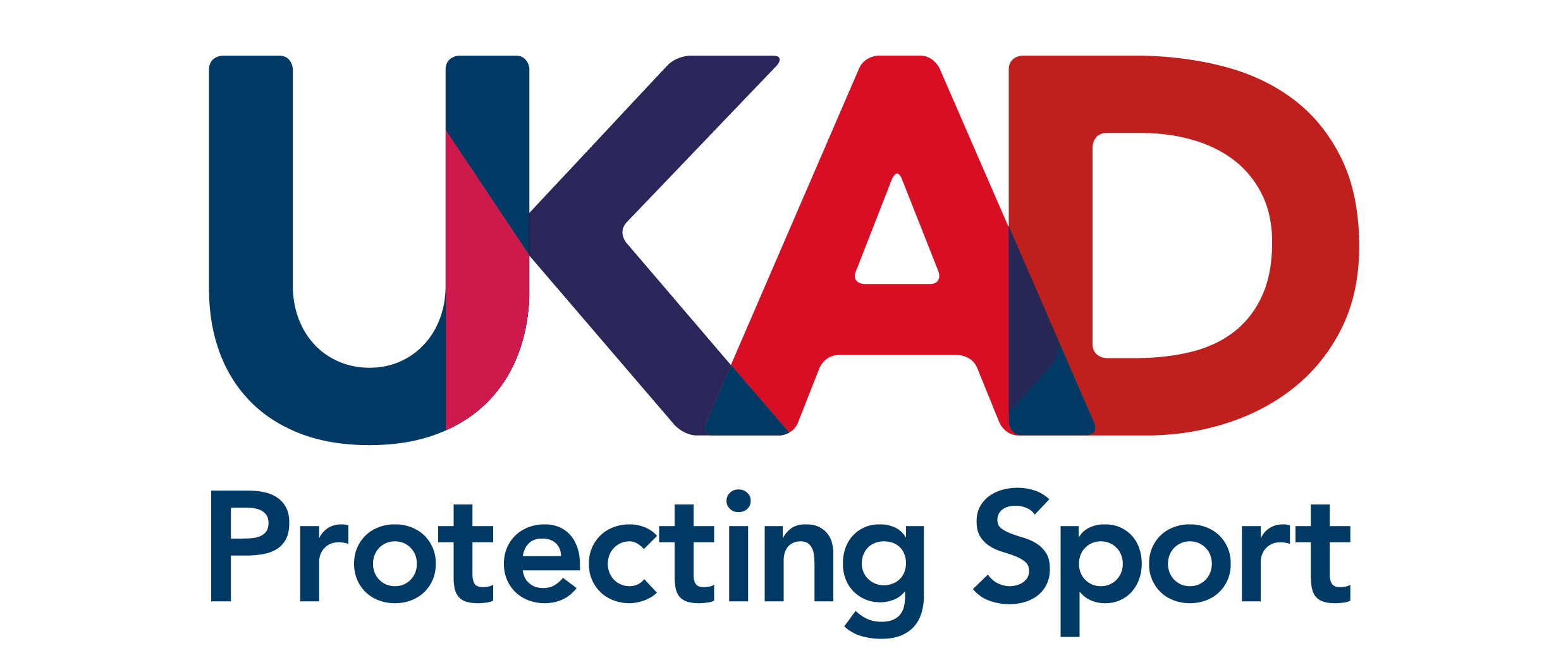Summary of Major Changes to the 2019 Prohibited List
The World Anti-Doping Agency (WADA) has published the 2019 List of Prohibited Substances and Methods (List), which comes into effect on 1 January 2019.
The List is published annually in October to ensure athletes and their support personnel have sufficient time to make themselves aware of the changes, review any medications they use, and apply for a Therapeutic Use Exemption (TUE) if required before the updated List comes into effect at the beginning of the new year.
The main changes to The List for 2019 are summarised below.
A further anabolic agent added
Epiandrosterone has been added as an example of an anabolic androgenic steroid. Athletes should remain vigilant regarding this substance as it can be found in some dietary supplements. Read UKAD’s position on dietary supplements.
Simplified list of metabolites and isomers of endogenous anabolic androgenic steroids
The examples of metabolites and isomers of endogenous anabolic androgenic steroids that are prohibited when administered exogenously has been simplified to only include those that are currently known to be contained in dietary supplements or used as masking agents to affect the steroid profile of athletes. Refer to the 2019 Summary of Major Modifications and Explanatory Notes for further details.
Revision of section 4.4
The title of section 4.4 has changed to “Agents preventing Activin receptor IIB activation”. The following examples of prohibited substances have been added to reflect the multiple ways in which this receptor can be affected:
- activin A-neutralizing antibodies
- activin receptor IIB competitors such as decoy activin receptors (e.g. ACE-031)
- anti-activin receptor IIB antibodies (e.g. bimagrumab)
- myostatin inhibitors such as:
- agents reducing or ablating myostatin expression
- myostatin-binding proteins (e.g. follistatin, myostatin propeptide)
- myostatin-neutralizing antibodies (e.g. domagrozumab, landogrozumab, stamulumab).
Gene doping title and definition clarified
- The title of prohibited methods section 3 (M3) was changed to “Gene and Cell Doping” in order to reflect that the use of normal or genetically modified cells that have the potential to enhance sport performance are already prohibited.
- The definition of gene doping was revised to include the term 'post-transcriptional' to more completely define the processes that can be modified by gene editing.
- The List Expert Group also clarified that stem cells are not prohibited for treating injuries if their use restores normal function of the affected area and does not enhance function.
Inclusion of International Non-proprietary Names
The International Non-proprietary Names (INN) of the following already prohibited substances have been added:
- Dimetamfetamine (section 6 - dimethylamphetamine)
- Enobosarm (section 1 - ostarine)
- Examorelin (section 2 - hexarelin)
- Lenomorelin (section 2 - ghrelin)
International Non-proprietary Names are used in the List (when they exist) as they tend to be the most common name used globally for a given substance.
Additional examples of prohibited substances were added to various categories
- Daprodustat (GSK1278863) and vadadustat (AKB-6548) have been added as further examples of hypoxia-inducible factor (HIF) activating agents in section 2.
- BAY 85-3934 has been included as a reference name of molidustat which is also a HIF activating agent.
- Macimorelin was added as an example of a growth hormone secretagogue in section 2.
- Tretoquinol (trimetoquinol) was added as an example a beta-2 agonist in section 3.
- 2-Androstenol, 3-Androstenol and 3-Androstenone were added as examples of substances related to 2-Androstenone in section 4.
- 4-methylpentan-2-amine has been included as a further name of the stimulant 1,3-dimethylbutylamine (DMBA) in section 6. This substance can be found in some dietary supplements.
- 5-methylhexan-2-amine (1,4-dimethylpentylamine) and 3-methylhexan-2-amine (1,2-dimethylpentylamine) were added as further examples of substances related to methylhexaneamine in section 6. These substances can also be found in some dietary supplements.
For further information on the full list of modifications please consult the WADA 2019 Prohibited List and the WADA 2019 Summary of Major Modifications and Explanatory Notes.
Definitions
“Exogenous” refers to a substance which is not ordinarily produced by the body naturally.
“Endogenous” refers to a substance which is ordinarily produced by the body naturally.
